Soon after breakfast the following day we all got back on the coach for our guided tour around Metz, complete with a city guide who spoke perfect English.




She started by telling us that the city had developed where the river Seille meets the river Moselle, which is a major tributary of the river Rhine and had its origins around 3000 years ago in Celtic times when a tribe known as the Mediomatrici started to settle there.

In 52 BC, however, all of what is now France was conquered by the Roman Emperor Julius Caesar and became the Roman province of Gaul. Metz then became into an important Roman town, which the Romans called Divodurum Mediomatricum, meaning Holy Village or Holy Fortress of the Mediomatrici. Over the centuries, however, this name gradually evolved into Metz, which is a lot easier to say and to spell!

But, although Roman Metz was an important military town, trading centre and spa, with a population of around 40,000 people, very little from those times remains to be seen today. This is because in 451AD – after the Romans had gone – the Huns swept through the area and destroyed nearly all the buildings the Romans had left behind, as their leader, Attila, tried to expand his empire.




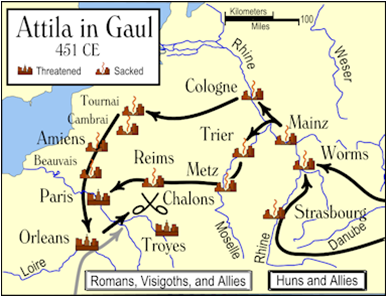

The main exception was the Basilica of St-Pierre-aux-Nonnains which was built as a gymnasium and baths in the 4th century AD.
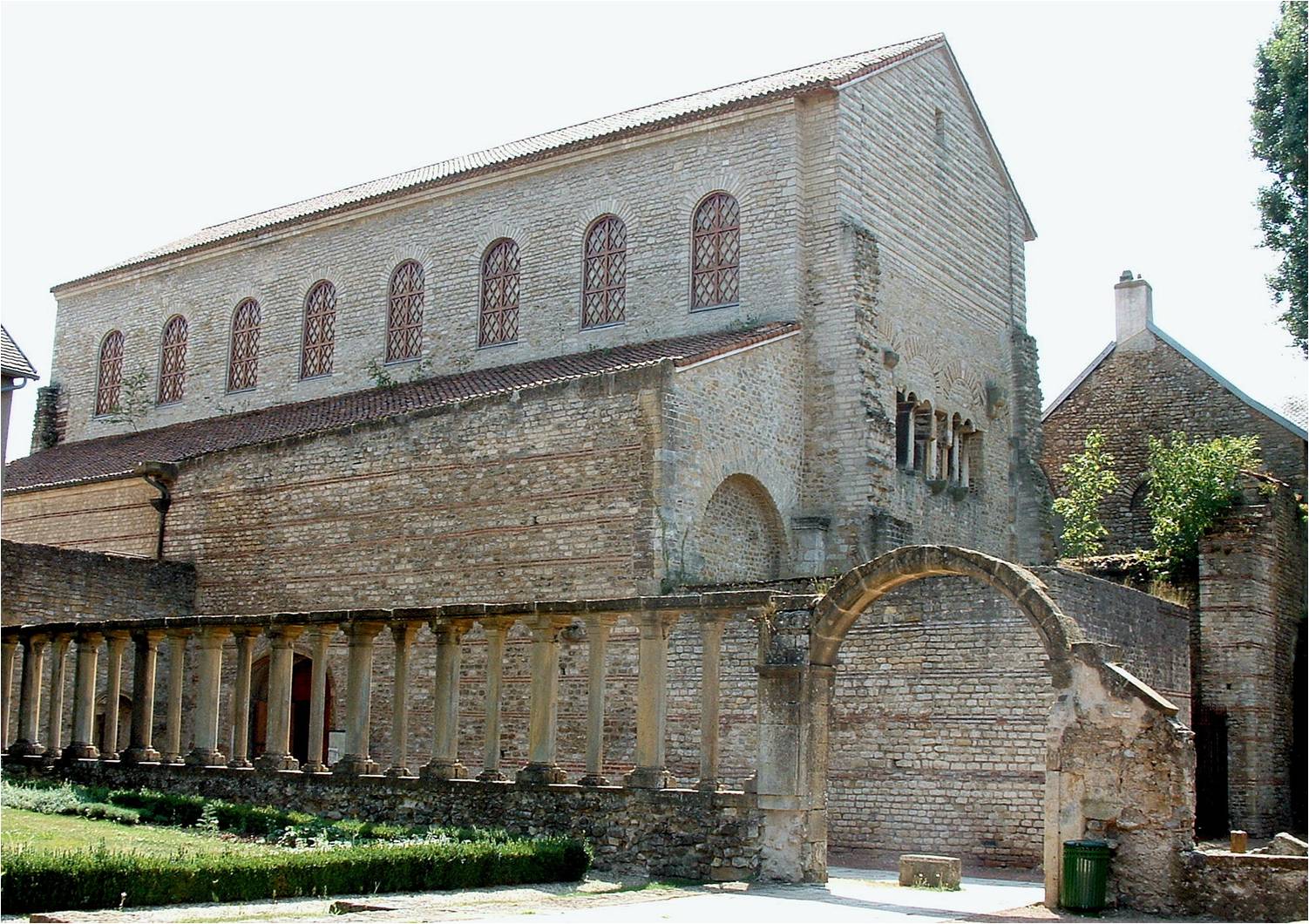

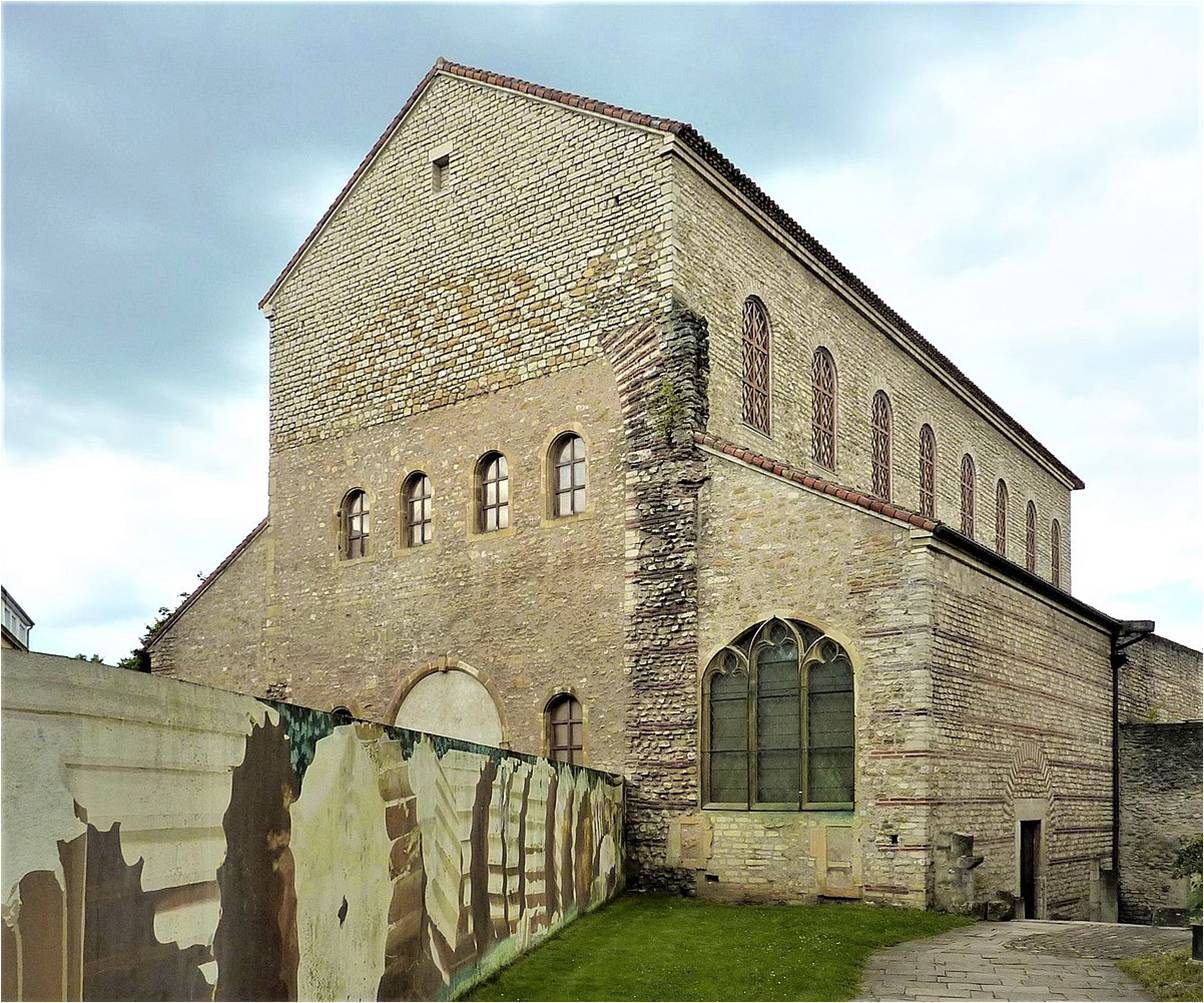

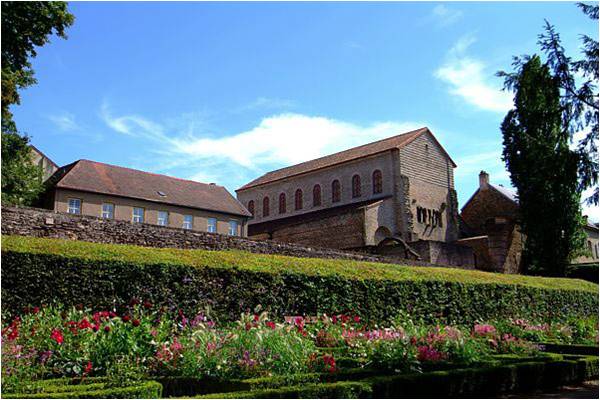
Two centuries later, after Clovis I became the first King of the Franks to unite all the Frankish tribes and converted to Roman Catholicism, the building was converted into a Benedictine church. This makes it the oldest Christian church in France and one of the oldest in Europe.
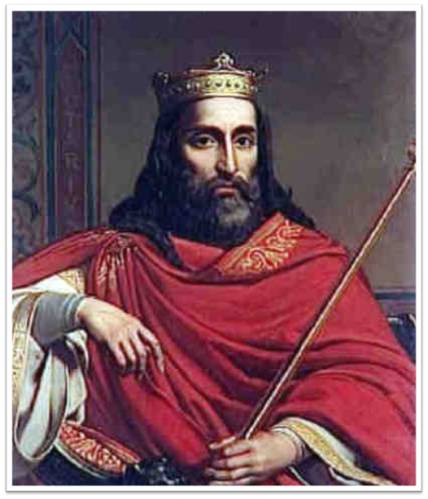
The interior of the building was renovated in the 10th century, but in the 15th century the church moved out and the building was used as a warehouse for over 400 years. In the 1970s, however, its importance was recognised and the interior of the building was once again restored and it’s now used mainly as an exhibition centre and concert hall.





Of course, like most old settlements, Metz had its share of myths and legends, the most famous of which is that of Graoully the Dragon. He was said to have lived with a lot more snakes in the ruins of a Roman amphitheatre and their breath was said to be so smelly that people dared not go out of their houses for fear of being poisoned by it.
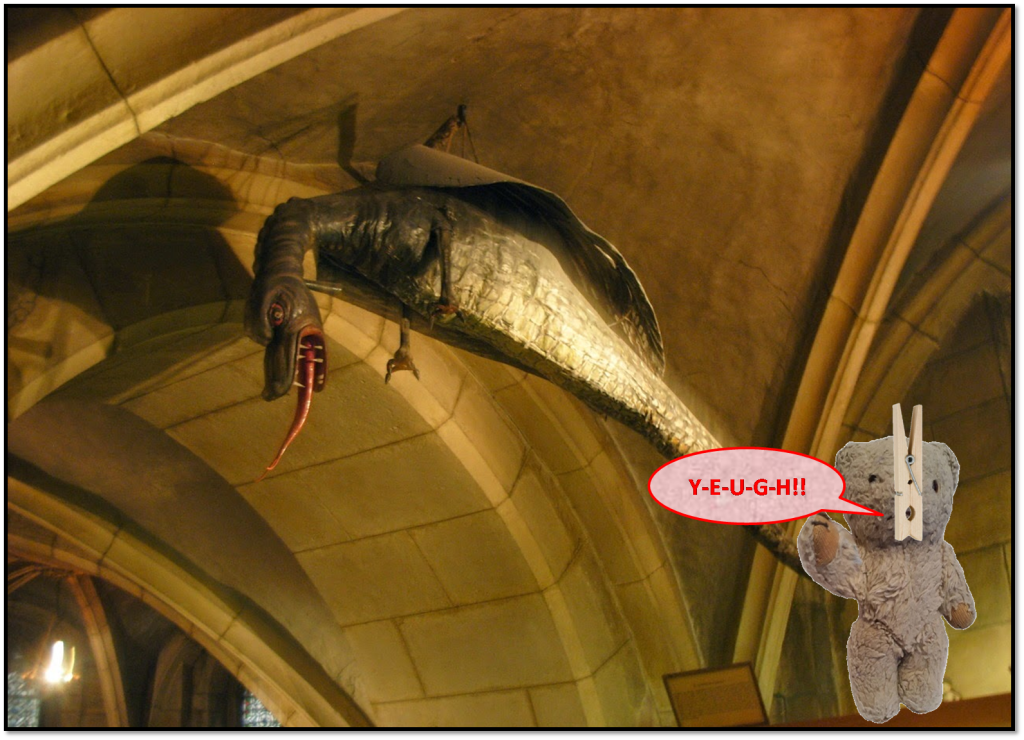
Then St Clement – who was said to be the first bishop of Metz, but there is no actual record of this – arrived in Metz and told people that, if they promised to convert to Christianity, he would get rid of the Graoully and all the other snakes. The people did as he asked and Clement bravely went into the snakes’ den. Of course the snakes weren’t pleased about this and started to attack him, but instead of running away – like I would have done! – he made the sign of the cross in front of them and they all slithered off quietly, including Graoully…

…but he later became a symbol of the city where there are many images of him…




And one thing the guide didn’t tell us about the Basilica at the time was that it was a favourite place of Charlemagne (747-814), the first ruler of the Holy Roman Empire. In fact, two of his sons are buried there and at one time he thought of making Metz his capital city, but later decided on nearby Aachen. And what fascinated me about this was that Charlemagne’s granddad was called Charles Martel – which is nearly the same as our surname – but Mum said I shouldn’t get excited and start wearing a crown, because our Martells came from Wales and have two Ls, so she’s sure they’re a different lot!

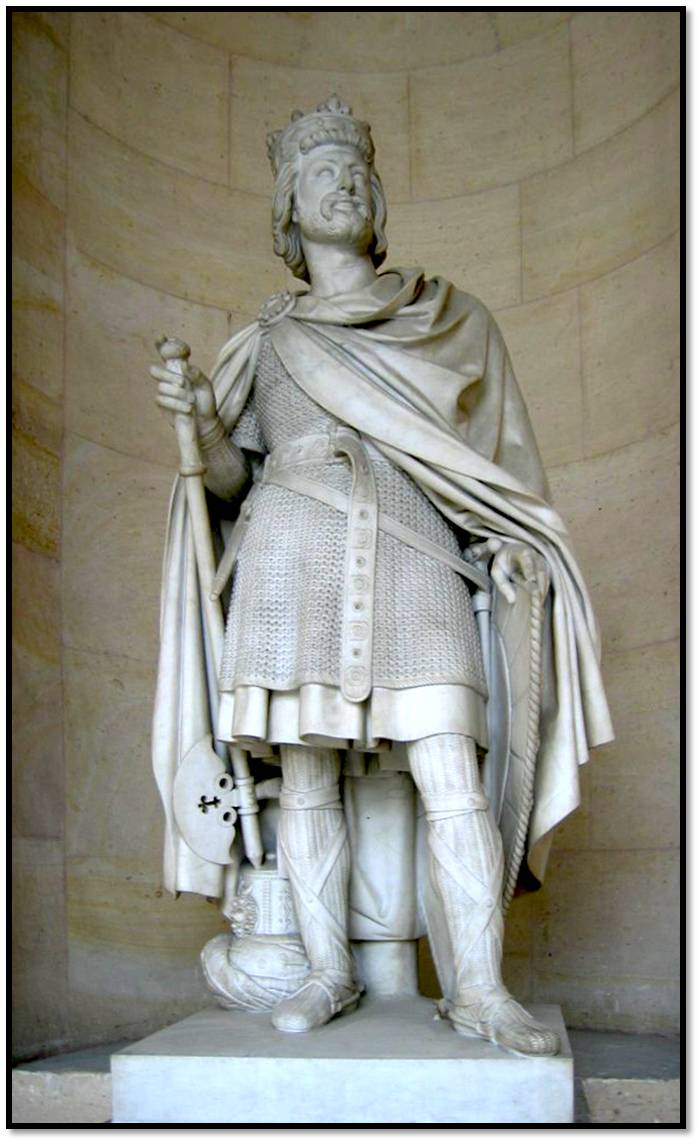

Then, as we were being driven around the city, our guide told us more about Metz’s position in Europe. She pointed out that it was just 27 miles/43 kilometres from what is known as the Schengen Tripoint, which marks the junction of the borders of France, Germany and Luxembourg.

She also told us that this position meant that, although for much of its history Metz had been part of France, it had become part of Germany from 1871 to 1918. This was the result of the Franco-Prussian War between the Second French Empire led by Napoleon III and the many separate German states led by Prussia from July 1870 to January 1871.

Metz itself was besieged by over 150,000 soldiers of the Prussian army from August 19th to October 27th 1870 when the French army finally admitted defeat and withdrew from the area.
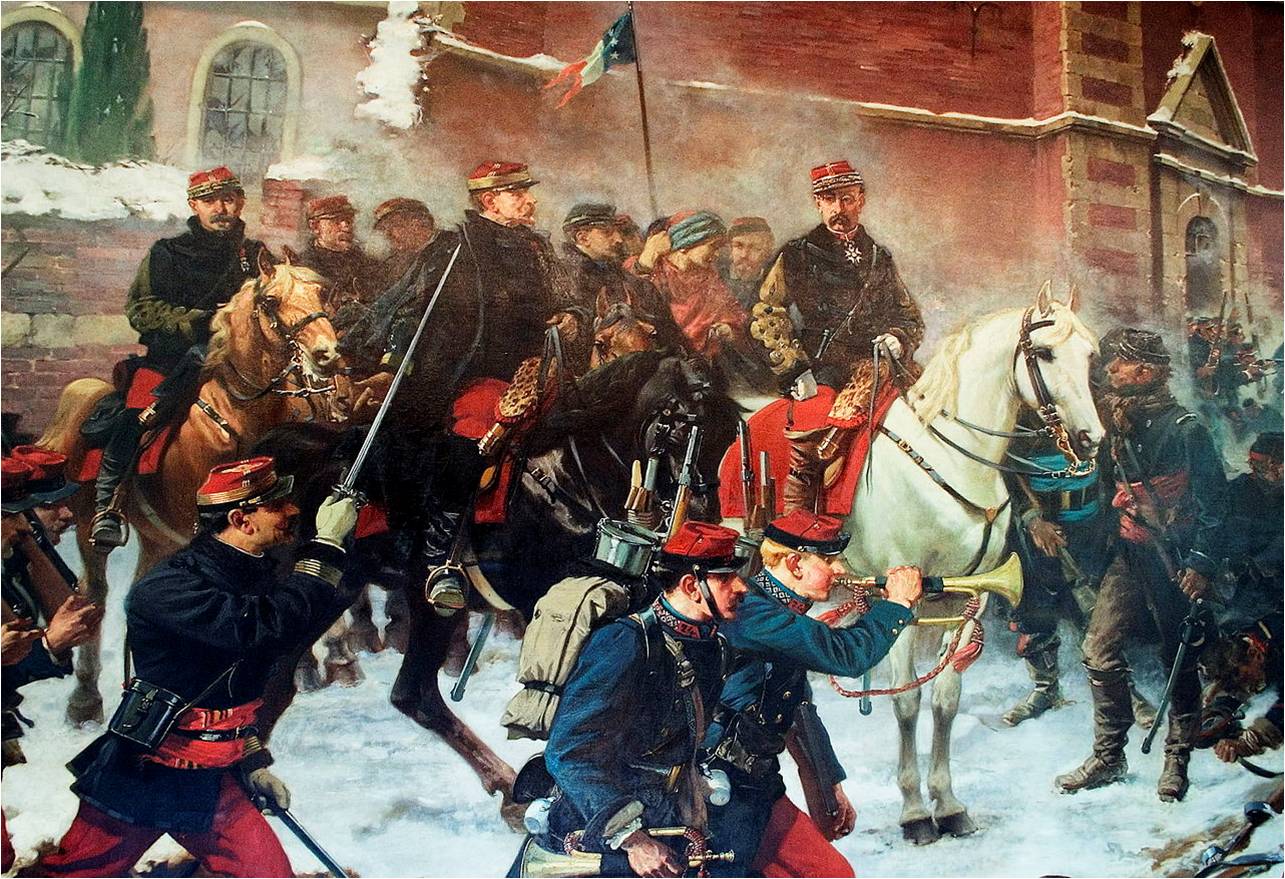
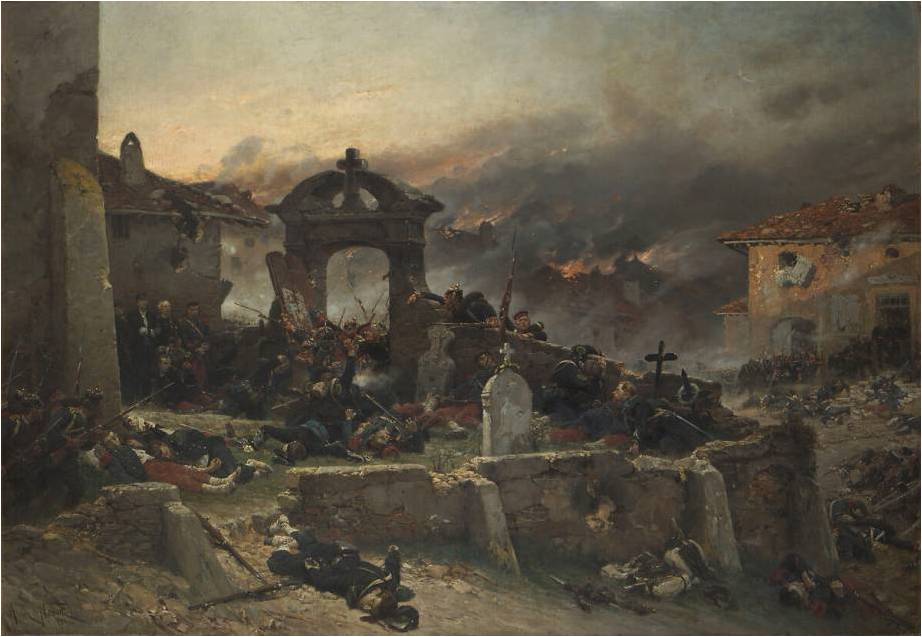

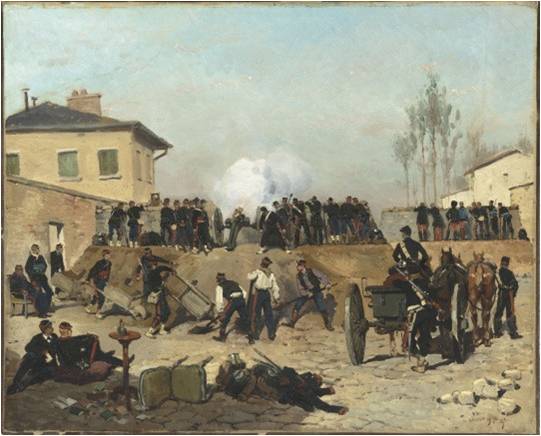
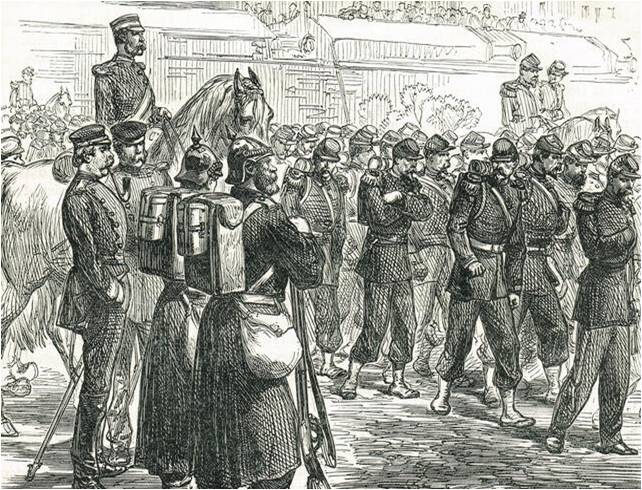


The war ended in victory for the Prussian-led troops in January 1871. As a result, the German states were united under one leader – Kaiser Wilhelm I – for the first time in their history. The French emperor was deposed and France became a republic. And Metz, all the surrounding area of Alsace and much of Lorraine were given to the new Germany.


And, though Wilhelm I liked Metz, he wanted to make it look more like a part of Germany, rather than France, and so he had a new Imperial District built, using pink or grey sandstone and marble in its construction, rather than the yellow limestone which had been used in the past.




One of the most amazing buildings from this time was the Imperial Railway Station, complete with an apartment for Wilhelm I, and the nearby water-tower built in 1906 to provide water for the many steam engines going in and out of the station.

Mum says I’ve told you enough for today, however, so I’ll have to tell you more about those in my next post. Meanwhile, take care and stay safe – and look out for some more tales from me soon!
Follow my next blog: 254. MY MUM THE STORY-TELLER – PART ONE HUNDRED AND THIRTY-ONE
13/04/2024
